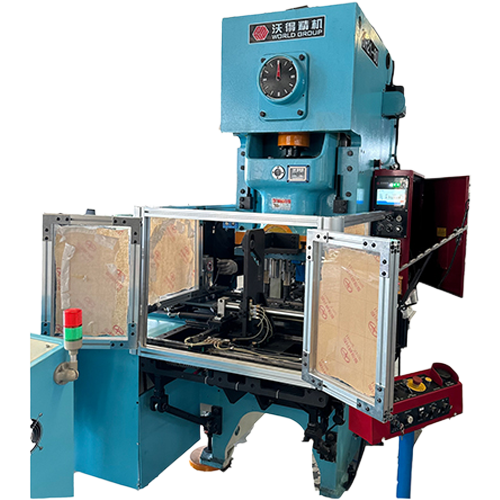Exploring the operating mechanism of Lk/Qdy400 pneumatic pre-bending machine
The LK/QDY400 pneumatic pre-bender is a specific model for which I have no relevant information in my training data. However, I can provide you with a general understanding of how pneumatic pre-bending machines work, which may also apply to this machine.
Pneumatic pre-bending machines are used in the metalworking and sheet metal manufacturing industries to bend and shape sheet metal. They are commonly used to create curved or rounded edges on thin sheets, a critical step in various manufacturing processes.
The following is an overview of the basic principles of pneumatic pre-bending machine operation:
Sheet Placement: The operator first places the sheet metal on the machine's workbench or on a bending roller. Make sure the sheet is properly placed to ensure accurate bending.
Clamping: Once the sheet is in place, the clamping device secures it to prevent movement during bending. This is essential to maintain precision and consistency in bending.
Bending Rollers: Pneumatic pre-bending machines are equipped with multiple sets of bending rollers to apply pressure to the metal sheet. These rollers are typically driven by a motor and can be adjusted to achieve the desired bending radius and angle. These rollers are arranged in such a way that the sheet metal can gradually bend as it passes over them.
Pneumatic power: A pneumatic piston cylinder or actuator provides the force required to bend a thin metal plate. Compressed air is used to drive these piston cylinders, the movement of which is controlled by the machine's control system.
Control system: The control system of this machine can be in computerized form or manual form. It enables the operator to adjust various parameters such as bending angle, bending radius and rolling speed. The control system also ensures the synchronized movement of the bending rollers and provides precise control over the bending process.
Pre-bending process: When the metal sheet passes through the bending roller, the cylinder applies force to gradually bend the sheet to the required angle and radius. Typically, the sheet is passed through the bending rollers multiple times to achieve a uniform and precise bending effect.
Final product: When the desired bending effect is achieved, the operator removes the sheet from the machine. At this point, the edges of the sheet will take on a curved or rounded shape, depending on the design requirements.
It should be particularly noted that the specific functions, control methods and performance of the LK/QDY400 pneumatic pre-bending machine may vary. Therefore, consulting the owner's manual of this machine or contacting the manufacturer for detailed information will help you to understand more accurately how it works, how to install it and how to operate it.

Recommended Products


 EN
EN
 中文简体
中文简体 English
English













